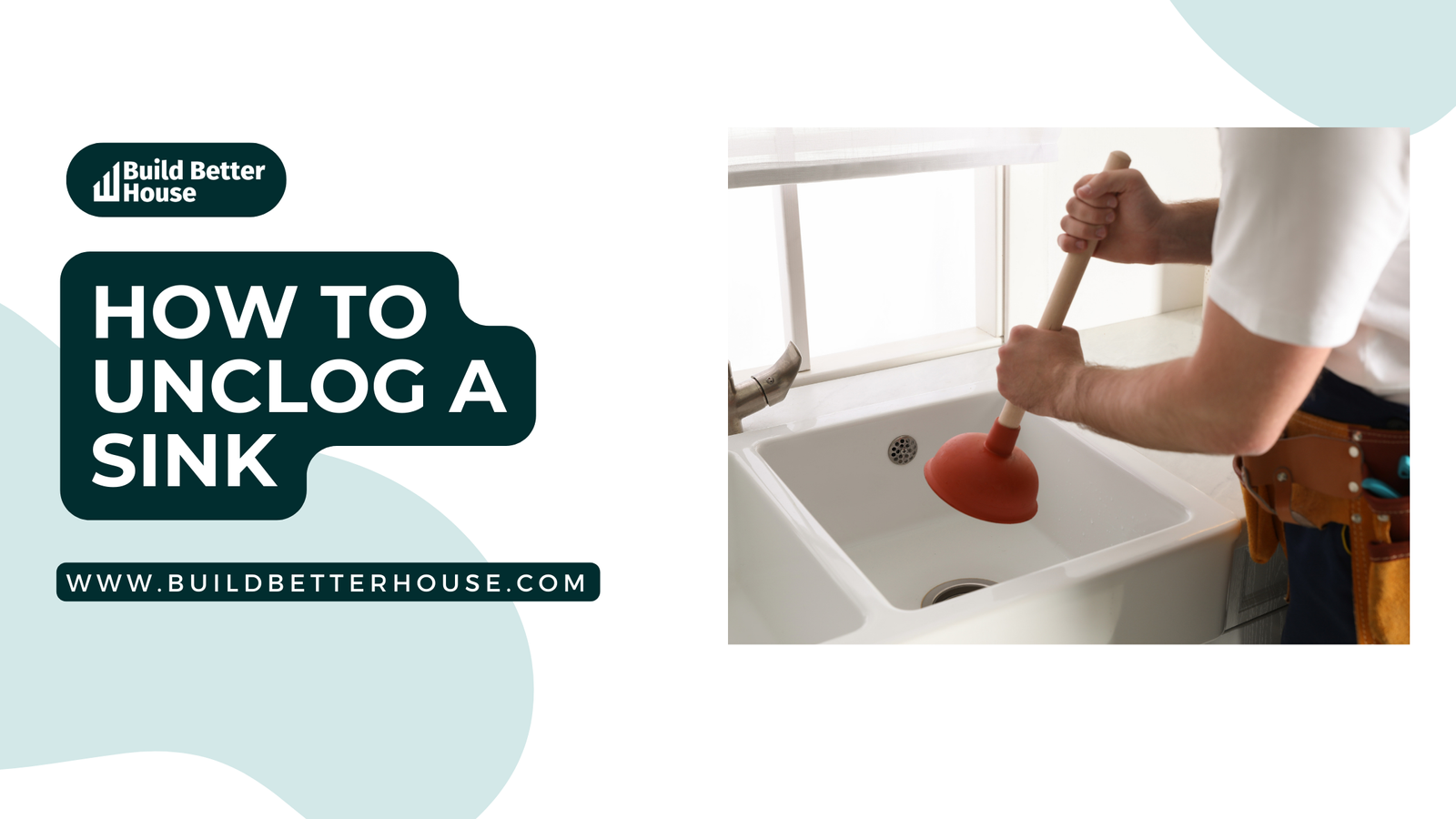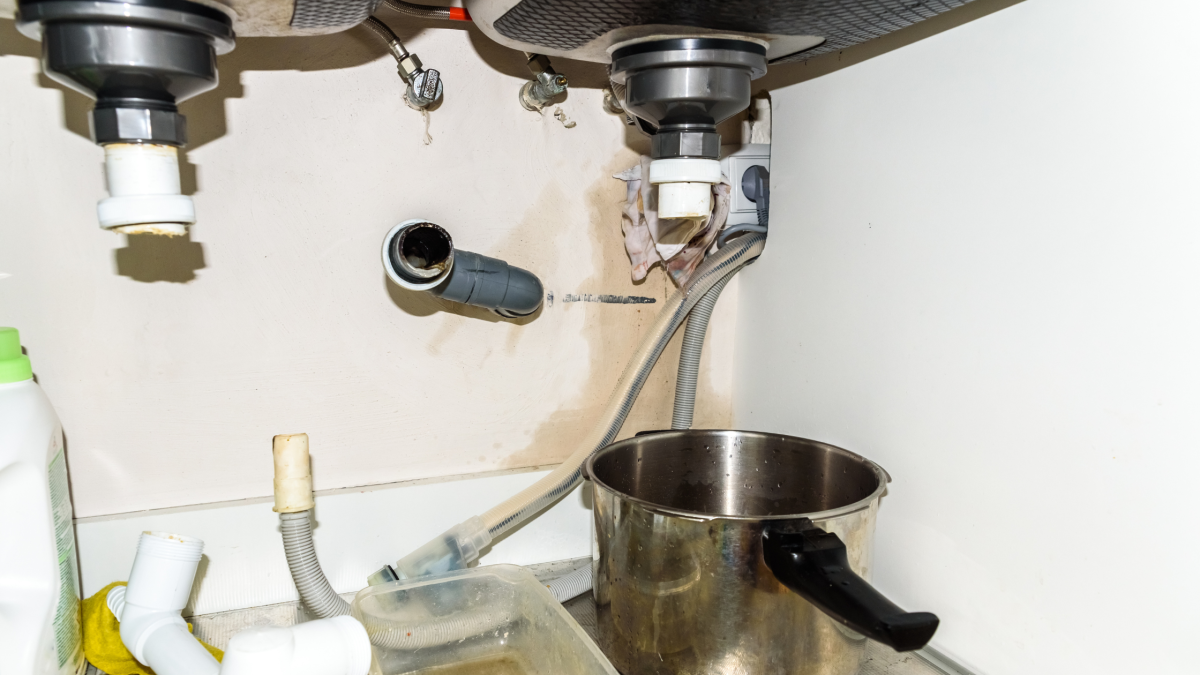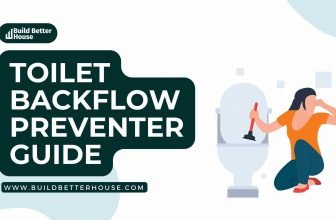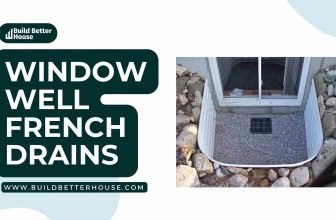How to Unclog a Sink: Expert Tips for Quick Solutions

A clogged sink can be a major inconvenience in your daily life, disrupting your kitchen or bathroom routines. When it comes to tackling the issue, it’s essential to understand that various unclogging methods are available, depending on the nature and severity of the blockage. Then, you can choose the most appropriate technique that not only saves time and money but also prevents potential damage to your sink or plumbing system.
Identifying the cause behind the sink clog is the first step to effectively solve the problem. It could be anything from grease, hair, and soap scum to foreign objects accidentally dropped down the drain. Basic unclogging methods, like plunging and using a bent wire, can work wonders for minor blockages. However, natural DIY remedies – such as using baking soda and vinegar – may be the preferred option in some cases. For more stubborn clogs, employing mechanical techniques like a drain snake or a wet/dry vacuum could be necessary. Handling garbage disposals has its own set of procedures and safety precautions that must be followed.
Key Takeaways
- Identify the cause and severity of the sink clog to determine the appropriate unclogging method.
- Basic techniques like plunging and bent wires can be effective, while natural DIY remedies offer an eco-friendly alternative.
- For stubborn clogs and garbage disposal issues, employ mechanical techniques and follow safety precautions; consider calling a professional when necessary.
Identifying the Sink Clog
When dealing with a clogged sink, the most important step is identifying the type of clog and its cause. Is it a kitchen sink or a bathroom sink? Are there garbage disposal-related issues? The approach you choose depends on the answers to these questions.
In a kitchen sink, clogs can occur due to grease, food particles, or other debris. Grease can harden when it cools, causing a buildup which obstructs the water flow. Similarly, food particles like rice, pasta, or coffee grounds can accumulate over time, leading to a clog. Consider the most likely cause and follow the appropriate unclogging method.
For bathroom sinks, clogs often result from a buildup of hair, soap scum, or personal care products. Hair can become entangled, especially when combined with soap residue and toothpaste, which forms a sticky substance that blocks the drain.
If your clog involves a garbage disposal in the kitchen sink, start by checking for obvious obstructions, such as large food items that might be causing the issue. When dealing with a garbage disposal clog, always ensure the disposal unit is turned off before attempting any cleaning or maintenance.
To identify the extent of the clog, observe the behavior of your sink:
- Slow-draining water: If your sink is draining slowly, you might have a partial clog where water can still flow through, albeit sluggishly.
- Standing water: If water is not draining at all, the clog is more severe and needs immediate attention.
By understanding the type, cause, and severity of the clog, you can confidently choose the best method to unclog your sink and restore its usual function.
Basic Unclogging Methods

Hot Water and Soap
When your sink starts to drain slowly, a simple method to try is using hot water and soap. To do this, follow these steps:
- Boil a kettle or pot of hot water.
- Add a few squirts of dish soap to the sink while the water is boiling.
- Slowly pour the hot water down the sink, making sure to aim for the drain opening.
- Wait about 10 minutes for the hot water and soap to work through the clog.
The combination of hot water and soap can help dissolve and break down grease, grime, and other debris that might be causing the blockage.
Plunger and Pressure
Another common method to unclog a sink is by using a plunger and pressure. This technique can dislodge small to medium-sized clogs. Here’s how to proceed:
- First, remove any standing water from the sink using a cup or basin.
- Place the cup plunger (the one with a flatter bottom, not the toilet plunger) over the sink drain, making sure to create a tight seal.
- Apply downward pressure and quickly pull the plunger back up, repeating this motion several times until the clog starts to dislodge.
- Run water down the drain to ensure the clog has been removed and the sink is draining properly.
In many cases, one of these basic unclogging methods will be enough to clear your sink and restore its normal function. If not, you may need to consider more advanced techniques or ask for professional help.
Natural DIY Remedies
Baking Soda and Vinegar
To address a clogged sink using a natural and chemical-free solution, consider trying a mixture of baking soda and vinegar. This method is especially effective in unclogging bathroom sinks. Start by mixing 1/3 cup of baking soda with 1/3 cup of vinegar in a measuring cup. The mixture will begin to fizz immediately, so promptly pour it down the drain. The fizzing action helps to break down the clog and clear the pipes.
It is important to let the mixture sit for at least an hour (or even overnight if possible) before rinsing with hot water to flush any remaining residue. This natural combination can effectively tackle grime, hair, and grease buildup without causing damage to your pipes.
Salt and Boiling Water
Another effective and eco-friendly method to unclog your sink is using salt and boiling water. The combination of these elements can generate a chemical reaction within the drains and, as a result, can effectively dislodge clogs in your bathroom or kitchen sink.
To begin, first pour a half-cup of table salt down the clogged drain. Next, carefully pour a kettle of boiling water into the drain, being cautious not to splash. The salt will work to break up the clog, while the boiling water will help flush it away. This method is a quick and easy solution that can effectively remove minor blockages without the need for harsh chemicals.
Mechanical Techniques
Using a Drain Snake
To unclog your sink, you can use a drain snake, also known as an auger. This tool is designed to reach into your pipes and remove the blockage. First, prepare the area by placing a bucket under the sink to catch any water. Next, insert the snake into the drain, turning the handle as you push it deeper into the pipe. As the snake reaches the blockage, you’ll likely feel some resistance.
Continue turning the handle in a clockwise motion to help the cable maneuver through the blockage. Once you’ve broken through the obstruction, remove the snake, and prepare to reinsert. Do this several times to ensure all debris has been removed. After clearing the blockage, run water down the drain to confirm your sink is draining properly.
Clearing P-Traps
If using a drain snake doesn’t work, you may have a clog in your P-trap, the curved portion of the plumbing under your sink. Begin by shutting off the water supply and placing a bucket or pan below the P-trap. Using a wrench, carefully loosen the nuts that secure the P-trap in place. Be prepared for water and debris to flow out, as you’ll likely find the clog within this section.
After disassembling the P-trap, clean thoroughly by removing any debris you find. A small brush or cloth can be helpful in this process. Once clean, reassemble the P-trap, making sure the nuts are tightened properly. Finally, turn the water supply back on and test your sink’s drainage to ensure the issue has been resolved.
Handling Garbage Disposals
When dealing with a clogged sink that has a garbage disposal, there are some specific steps you can follow to tackle the issue. Before attempting any fixes, always remember to switch off the power to the garbage disposal at the circuit breaker or unplug the unit to ensure your safety.
Unjamming the Disposal
If your garbage disposal is jammed, it may be causing the sink to clog. Follow these steps to unjam the disposal:
- Examine the disposal: First, look for any visible debris in the chamber that could be causing a blockage. If necessary, use a flashlight to get a proper view inside.
- Use an Allen wrench: Locate the hole at the bottom center of the disposal unit. Insert a 1/4-inch Allen wrench into the hole and gently wiggle it back and forth. This will help to free any jammed impellers or lodged debris.
- Remove debris: After loosening the impellers, use a pair of tongs or needlenose pliers to carefully remove any loosened debris from the disposal.
- Test the unit: Plug the unit back in or turn the power back on at the circuit breaker. Run water through the sink and test the disposal to see if the jam has been cleared.
Performing a Reset
If your garbage disposal still isn’t working after you’ve cleared the jam, it may require a reset. Overheating or a power surge can cause the motor to trip its internal breaker, resulting in a shutdown. Follow these steps to reset your garbage disposal:
- Locate the reset switch: The reset switch is typically a small red or black button located on the bottom of the unit.
- Press the reset button: Unplug the unit or switch off the power to the circuit breaker. Then, press and hold the reset button for 3 to 5 seconds.
- Restore power: Plug the unit back in or turn the power back on at the circuit breaker.
- Test the unit: Run water through the sink and test the disposal to see if it’s functioning properly.
By following these steps and ensuring proper garbage disposal maintenance, you can effectively handle clogged sinks with garbage disposals and prevent future blockages.
Additional Tips and Safety Precautions
When unclogging a sink, it’s essential to prioritize safety and be mindful of your plumbing system. Here are some tips and precautions to follow during the process:
- Wear rubber gloves to protect your hands from any substances or bacteria that might be present in the drain.
- Avoid using caustic chemicals or commercial drain cleaners, as they can damage your pipes and harm the environment. Instead, opt for more natural and eco-friendly options like baking soda and vinegar.
- Before using any methods, remove excess standing water from the sink. This helps ensure the effectiveness of the unclogging method and prevents potential spills or messes.
- If your plumbing system has PVC pipes, avoid pouring boiling water down the drain, as it can damage the pipes. Instead, use hot tap water to loosen any clogs.
- Regular maintenance is crucial for preventing clogs. Make it a habit to clear debris from your sink drains and dispose of solid waste in the trash rather than pushing it down the drain.
- When using a plunger, ensure a tight seal around the drain and use a gentle, consistent plunging motion to avoid damaging your pipes.
- Familiarize yourself with the basic components of your plumbing system to better understand how it works and identify any potential issues.
By following these tips and safety precautions, you can confidently and effectively address clogged sink issues while protecting your plumbing system and the environment. Remember to always prioritize safety and use household items when possible to minimize the need for caustic chemicals and professional assistance.
When to Call a Professional
Sometimes, despite your best efforts, your sink remains stubbornly clogged. If you’ve tried multiple DIY methods with no success, it might be time to call in a professional plumber. Bear in mind the following pointers when considering whether it’s worth hiring a plumber for your clogged sink.
First, assess the situation. When you’re dealing with both kitchen sinks and bathroom sinks, persistent clogs can indicate deeper underlying issues that require professional attention, such as a severe obstruction within the pipes, damage to the plumbing system, or even issues with the sewer line. In cases like these, a licensed plumber can diagnose the problem accurately and perform the necessary repairs.
Second, consider your skills and capabilities. If you don’t feel comfortable handling sharp tools or working on complex plumbing systems, it’s a good idea to call a professional who has the skills and experience to handle the job. Attempting repairs that are beyond your skill level can lead to further damage or injury, so it’s essential to rely on a professional when needed.
When looking for a professional plumber, take extra care to verify their licensing, insurance, and any relevant certifications. Furthermore, don’t hesitate to ask about their experience in unclogging sinks, and request a written estimate before any work is done. This ensures you’re hiring a reputable and qualified professional to address your clogged sink.
Remember, entrusting the repairs of your kitchen or bathroom sink to a professional plumber can save both time and money in the long run by preventing further damage, ensuring the job is done correctly, and increasing the longevity of your plumbing system.
Frequently Asked Questions
What is the best method to clear a clogged sink?
To clear a clogged sink, start by trying a plunger. Place the cup plunger over the drain and ensure a good seal. Pump the plunger up and down while maintaining the seal. This can often dislodge small clogs. If this doesn’t work, consider using a combination of baking soda and vinegar, as this natural solution can effectively unclog your sink without harming the environment.
How can you safely unclog a garbage disposal?
Safety first! Before attempting to unclog a garbage disposal, always turn off the power. Next, use a flashlight to inspect the disposal and locate any visible clogs. Utilize tongs or pliers to remove any debris, then test the disposal. If it is still clogged, you can try using a plunger on the sink or calling a professional plumber to resolve the issue.
Are there natural solutions for unclogging a sink?
Yes, there are several natural solutions to try for unclogging your sink. One popular method involves pouring a combination of baking soda and vinegar down the drain, followed by boiling water. This creates a chemical reaction that can help dislodge clogs without the use of harsh chemicals. Another option is to use a plunger, which can be an effective way to clear clogs without chemicals.
What are useful DIY remedies for clearing a clogged bathroom sink?
DIY remedies to clear a clogged bathroom sink include using a plunger, a simple sink drain snake, or a combination of baking soda and vinegar. You can also try removing the sink stopper and manually cleaning the drain from any hair or debris. Always remember to wear gloves when handling potentially dirty drains and dispose of the clog material properly.
How can you effectively remove hair from a clogged sink?
To remove hair from a clogged sink, first, remove the stopper or strainer. Use a pair of needle-nose pliers or a small hook tool to reach into the drain and pull out the hair. If the clog is further down, consider using a drain snake or auger to reach and remove the hair. Ensure that you properly dispose of the hair and clean your tools afterward.
What are the most effective chemical products for unclogging sinks?
When using chemical products to unclog sinks, look for enzyme-based drain cleaners, which are less harmful to the environment and pipes. Popular brands include Green Gobbler, Bio-Clean, and Earthworm. Keep in mind, however, that some clogs may be too severe for chemical products alone and may require professional intervention. Always follow the product instructions and safety precautions when using chemical drain cleaners.






